Yorkshire Air Ambulance: Major trauma doctor speaks out on challenges of attending up to 12 major incidents a day amid 23rd anniversary
Dr Steve Rowe, 48, volunteers for the service and has seen many changes over the last 15 years.
By day, Dr Rowe is a consultant anaesthetist and major trauma consultant at Sheffield Northern General Hospital.
Advertisement
Hide AdAdvertisement
Hide AdHowever, one day a fortnight he volunteers for the air ambulance charity which was founded in October 2000.
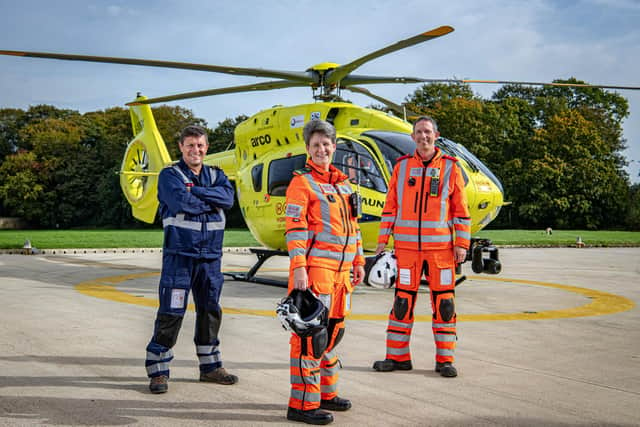

Dr Rowe, from Hertfordshire, was inspired to work with the charity due to it combining his mountain rescue training and study of medicine at university.
“I form part of a team that responds to incidents and helps deliver critical care to the patients on the roadside or wherever they’re injured,” Dr Rowe said.
“Per base, we do an average of three jobs a day, but the most I’ve ever done in a shift is 12 different incidents.
Advertisement
Hide AdAdvertisement
Hide Ad“It can take up to two hours; you’ve got the flying time to the incident, the care that you deliver at the incident and transport to the hospital as well.
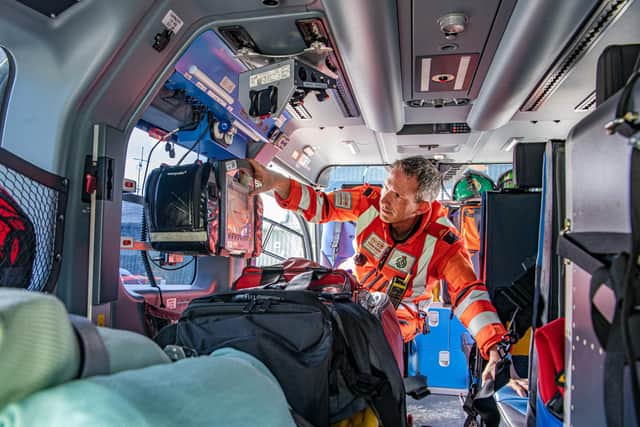

“Yorkshire’s a big region; you can fly for 25 minutes in a straight line and still be in Yorkshire.”
The air ambulance charity currently operates two Airbus H145 aircraft - much improved from the original models that were used 23 years ago.
“We have come a massive way,” Dr Rowe added.
“When I first started, the paramedics were supplied by the ambulance service but the doctors were all volunteers; we even had to supply our own specialist medications to give pre-hospital anaesthetics because that wasn’t a normal part of ambulance service work.
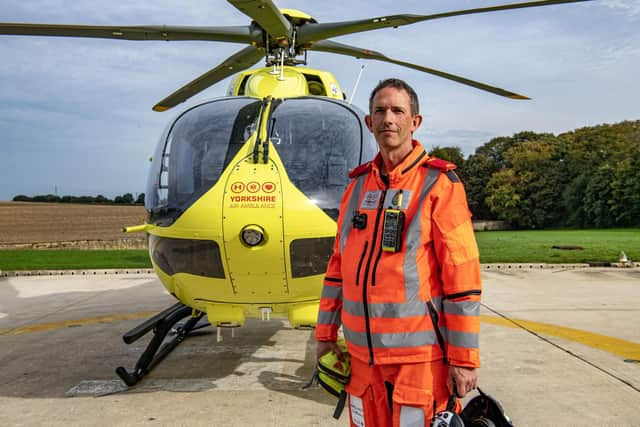

Advertisement
Hide AdAdvertisement
Hide Ad“The charity back then was a much smaller set up, smaller operations, fewer people involved as well.
“It’s by the generosity of the people of Yorkshire that we are able to afford these high spec aircraft and enable us to do our jobs.
“Going from aircraft that required a lot of servicing, that were first used in the Second World War, to now where we have got the most up-to-date aircraft with all the computer technology, autopilots and automation which enables us to fly faster, further and safer.
“That for me is the real game-changer within the past few years of working with the charity.”
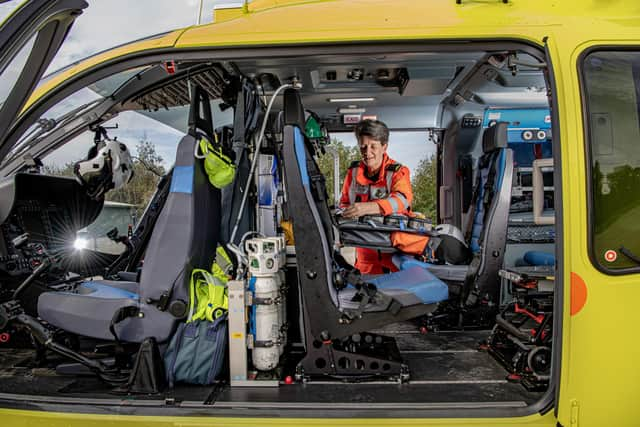

Advertisement
Hide AdAdvertisement
Hide AdOver the last 30 years of living and working in Yorkshire, Dr Rowe has seen a sense of community spirit and support that has inspired him.
“We get supplied with bottles of pop and cake and all sorts of things just to keep us going and keep on the road,” he said.
“When we get to scenes, there are normal people who stop at accidents to help those who are supporting critically unwell or injured people, [carry out] first aid and doing what the ambulance call handlers are telling them to do.
“The community spirit throughout Yorkshire is phenomenal; farming communities, rural communities, urban communities, there’s always people there that want to help and if it wasn’t for those people, our job would be much harder.”
Advertisement
Hide AdAdvertisement
Hide AdYorkshire’s variety of landscapes, scenery and weather are some of the best things about the region that attract visitors from all over the world.
However, these features provide some of the greatest challenges for the YAA team.
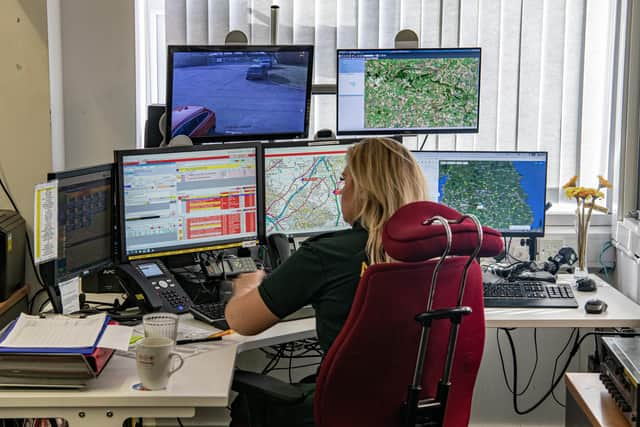

"I think the environmental challenges of working in a region as diverse as Yorkshire can be really interesting, it’s what I enjoy,” Dr Rowe said.
“[I’ve had to] operate in sometimes subzero conditions and other times 40 degrees.
Advertisement
Hide AdAdvertisement
Hide Ad“The locals always know a shortcut to get to difficult areas or if you’re working on the moors or in rural areas, farmers coming with tractors, quads able to help us access the areas. There’s a real team spirit.”
Dr Rowe was encouraged by Sammy Wills, 55, a paramedic at YAA, to join their team.
Ms Wills has worked at the charity since 2002.
“It’s been a privilege,” she said.
“My favourite thing is that I’ve been able to serve alongside every single paramedic there has ever been from the founding fathers right through to our brand new five that started last week.
“Over the last 21 years it has changed incredibly; my bag used to be [small in size], just one, now I’ve got a selection for which I have to choose what I’ve got to take,” she added.
Advertisement
Hide AdAdvertisement
Hide AdGarry Brasher, 53, a pilot at YAA, has worked at the charity for the last 10 years.
He is the training captain at YAA and is responsible for covering line pilots at the charity as well as the safety of the aircraft and the crew inside it.
On average, Mr Brasher, from Rotherham, is sent out to four jobs a day.
“The operational side has changed dramatically,” he said.
"We have gone from two aircraft that had limited night and instrument flying (IFR) capability to two that are state of the art day night and instrument flying.
Advertisement
Hide AdAdvertisement
Hide Ad“Training wise, we are leaps ahead of most other charities now.
“All pilots get to go to the flight simulator twice a year and have a total of 12 hours training while in there.
“We have gone from one pilot and two paramedics to one pilot , one technical crew member (TCM), two paramedics and a doctor bringing the emergency department to the roadside, vastly improving the patients’ medical care and chance of a full recovery.
“I'm a Yorkshire lad at heart, so flying my local air ambulance is a pleasure.
“I still have to pinch myself flying over Yorkshire thinking how lucky I am to do the job I do.”
Comment Guidelines
National World encourages reader discussion on our stories. User feedback, insights and back-and-forth exchanges add a rich layer of context to reporting. Please review our Community Guidelines before commenting.
